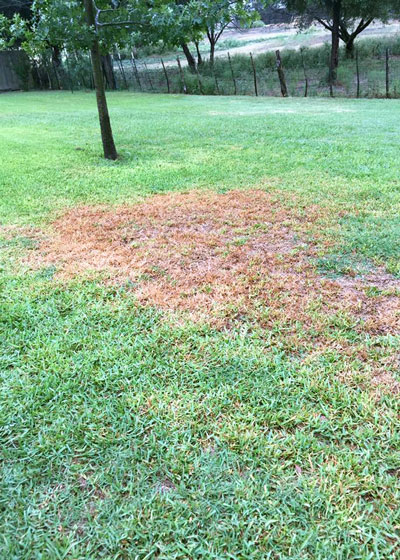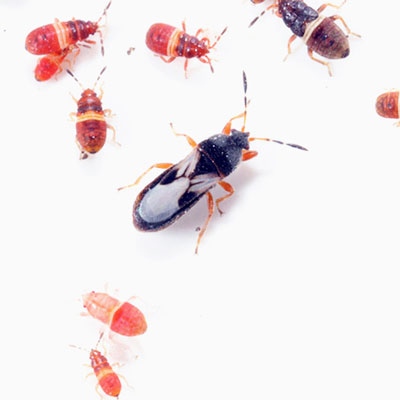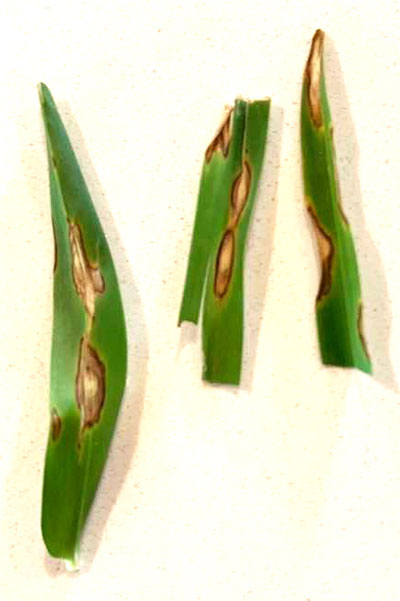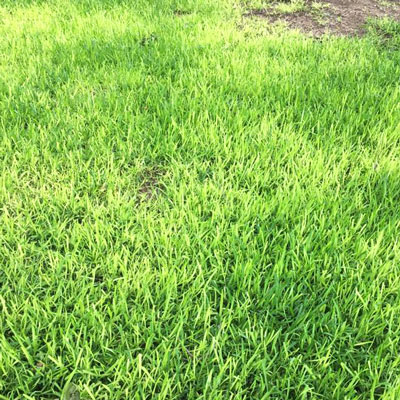Question of the Week – Number Two: July 16, 2020
“How can I tell the difference between damage of chinch bugs and damage of gray leaf spot?”
To know which problem has beset your St. Augustine (gray leaf spot can also attack zoysia), you need to learn to look closely for symptoms.
Chinch bugs…
• Prime symptom: Damage will always appear in hottest, sunniest parts of the lawn.
• They will return to the same areas each summer, generally showing up by mid-June or early July.

• Prime symptom: Grass will appear dry, but will not respond to irrigation.
• They can quickly kill affected areas.

• Prime symptom: BB-sized black insects with irregular white diamond-shaped markings on their wings. Nymphs are small, red.
• They will be on the surface of the soil around the grass runners. You can see them if you part the blades of grass with your fingers and look for them on hot afternoons.
• Treat with labeled insecticide granules or spray. Your local independent retail hardware store or nursery will have several options. You may only need one treatment per year.

Gray leaf spot…
• Hot-weather fungus that shows up first in mid-June through late summer. (Symptoms of take all root rot are similar, but they show up in April and early May when it is much cooler.)

• Prime symptom: Individual blades will have BB-sized grayish-brown lesions, usually on the midribs of the blades and occasionally on the runners as well.
• Will show up in both sunny and shaded parts of lawn.

• Prime symptom: Affected areas will appear as yellowed washes of grass when you look at your lawn from the side.
• This disease is exacerbated by nitrogen. Avoid feeding your lawn during the hottest part of the summer.
• The fungicide Azoxystrobin (sold at consumer level as Scotts Disease-EX and to commercial applicators as Heritage) offers control for current outbreaks, but avoiding nitrogen in summer is the better solution.
